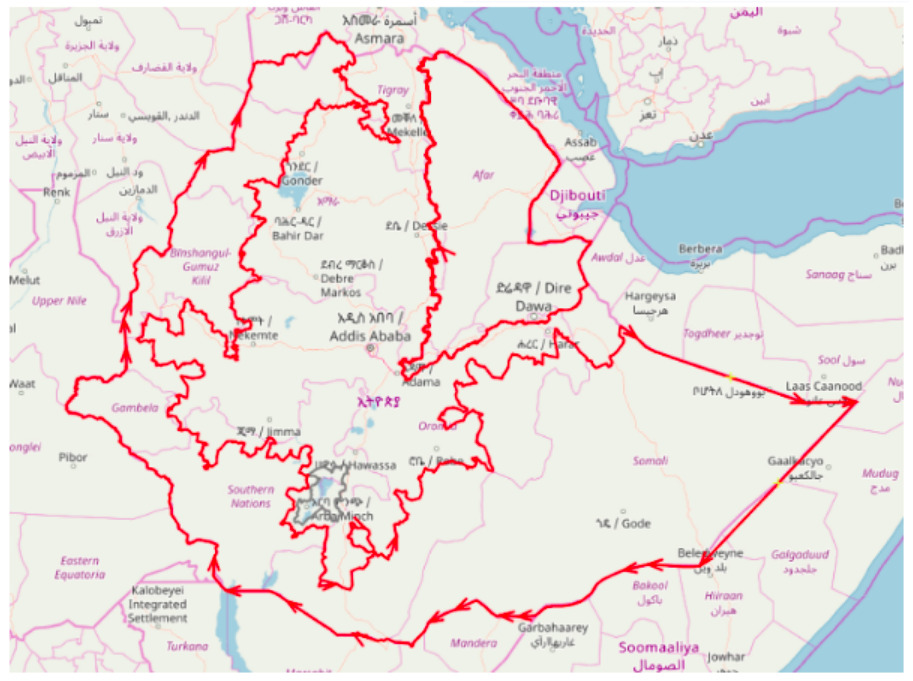Highlighted projects
Commercial farms mapping in Ethiopia
Ethiopia’s main economic activity is Agriculture. Smallholders in Ethiopia farm around 37% of the lands and the rest 8% goes to the large-scale commercial farms. Large-scale commercial farms produce crops such as rice, maize, coffee, tea, cotton, pulse, rubber, and palm oil.
Invest in agriculture is the most important and most effective strategy for poverty reduction in rural areas. As part of Ethiopia’s development strategy, the Ethiopia government has set out to attract more foreign investment in large-scale commercial agriculture as outlined in this policy.
According to this, the World Bank and Development Seed worked together on this large commercial farm mapping, where the Data team mapped more than 190 large commercial farms in lowlands Ethiopia. Ethiopia lowlands, usually defined as places below 1,500 meters in altitude, account for approximately 60 percent of Ethiopian territory and 12 percent of the population.
Big farmlands can be visible from high-resolution satellite imagery, so in order to better locate large commercial farmlands, the Data team used multiple satellite imagery as ESRI World Imagery, and Sentinel-2 Agriculture mosaic.

You can always read more about the documentation of large commercial farms.